If you’re planning on doing a spray painting project, knowing how long you should allow your primer to dry before applying your final coat of paint is essential.
Many people may not realize the importance of properly drying their primer before painting and may rush into the final coat, leading to a less-than-perfect result. Knowing the correct drying time of your primer can help you achieve a smooth, even finish that will last for years.
The drying time of primer can vary depending on a few factors, including the type of primer you use, the temperature and humidity of the environment you’re painting in, and the thickness of the primer coat. Here, we will discuss how long to let the primer dry before spray painting. So, without further ado, let’s dive into the details.
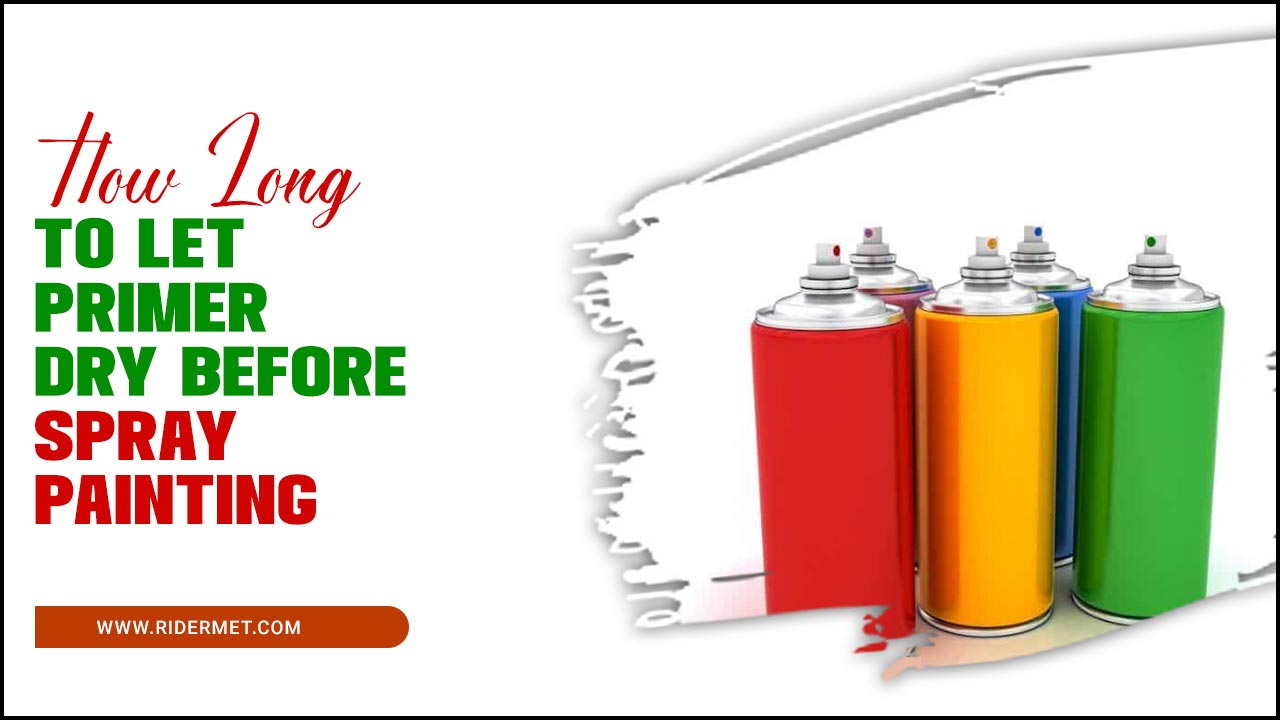
How Long To Let Primer Dry Before Spray Painting-Explained
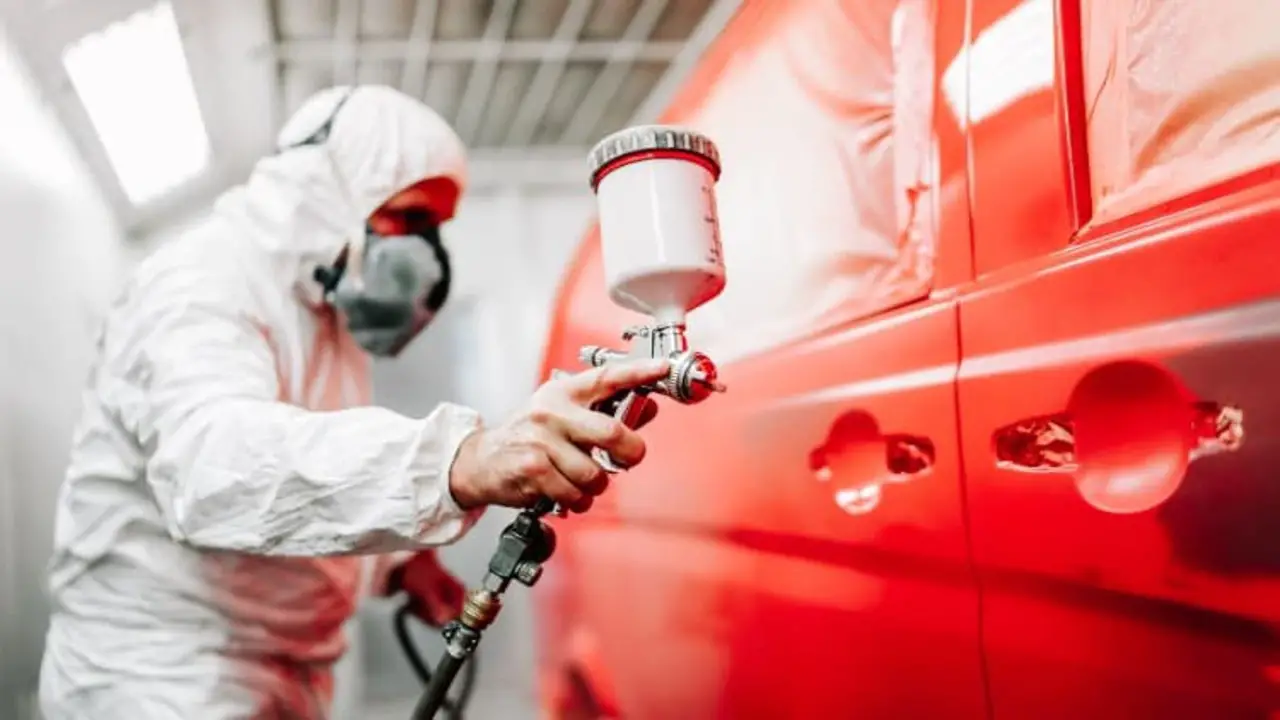
To achieve the best results, allowing the primer coat to dry for at least 24 hours before spray painting is essential. However, checking the product label for specific drying times based on temperature and humidity is advisable. In cooler temperatures, allowing the primer to dry for a longer period, up to 48 hours may be necessary.
If needed, you can use a hair dryer or heat gun on low settings to speed up the drying process. It is crucial to ensure that the primer is completely dry to the touch before applying the top coat. Following these guidelines can provide a smooth and long-lasting finish for your next painting project. Below, we discuss how long to let the primer dry before spray painting.
Determining The Drying Time For Various Primers
Different primers have different drying times. The drying time of a primer depends on factors such as the type of primer used, humidity, and temperature. Referring to the product label for specific information about the recommended drying time is important.
To ensure proper adhesion and a smooth finish, it is crucial to allow enough time for the primer to dry completely before applying the topcoat. Factors like cold weather and moisture can affect the drying process, so it’s essential to consider these conditions when determining the time needed for the primer to dry.
Drying Time For Latex Primer
Latex primer typically dries within 30 minutes to an hour. The drying time of latex primer can be influenced by factors such as humidity and temperature. It is important to refer to the instructions on the product label for the specific drying time. To aid in the drying process, ensure proper ventilation in the area.
Allowing the primer to fully dry before applying additional coats or the topcoat is crucial. By doing so, you can achieve a smooth and even finish on your next painting project. Remember that different surfaces may require different primers, so always choose the appropriate primer for your needs.
Drying Time For Oil-Based Primer
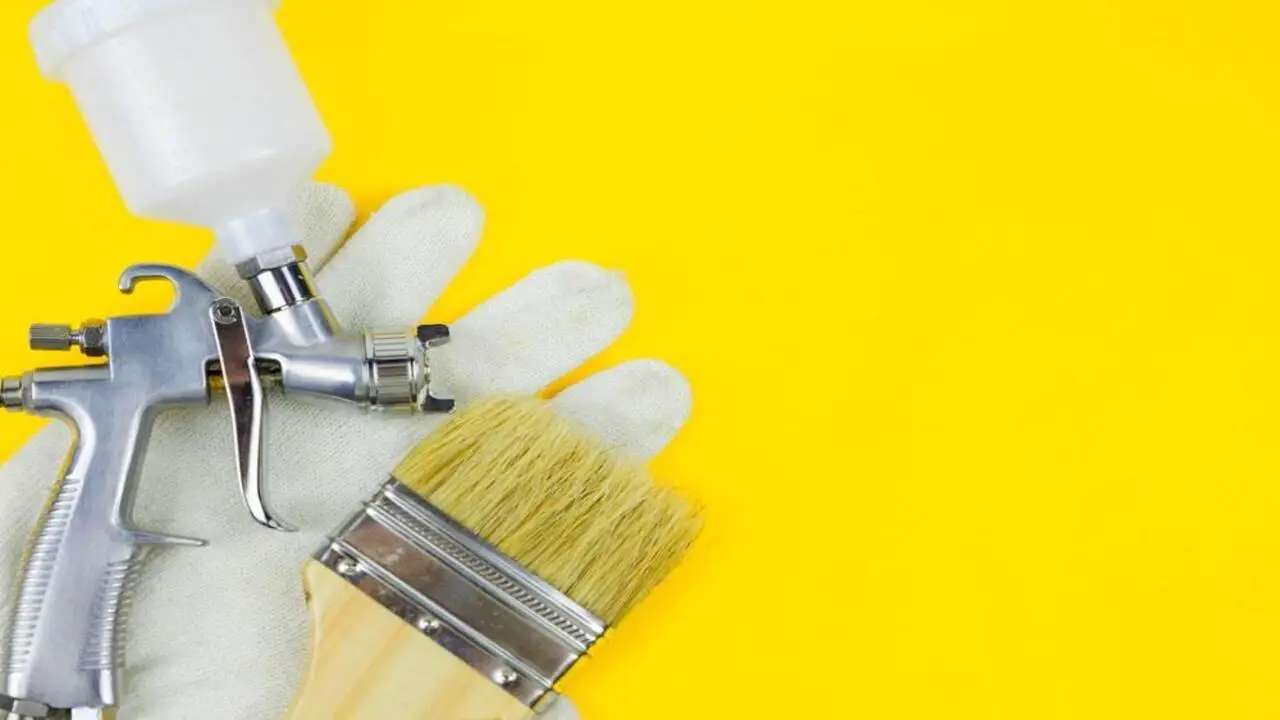
Oil-based primer tends to have a longer drying time compared to latex primer. The dry time for oil-based primers can range from 4 to 24 hours. Keep in mind that humidity and temperature can affect the drying process. To ensure proper drying, following the manufacturer’s instructions for the recommended drying time is essential.
Allow the oil-based primer to dry completely before adding coats or the topcoat. This will ensure a smooth and durable finish. Consider factors such as the type of surface, the primer type, and the ambient conditions to determine the appropriate amount of time for the primer to dry.
Drying Time For Shellac Primer
Shellac primer is known for its quick drying time, typically 15 to 30 minutes. This makes it a popular choice for projects with time constraints. When using shellac primer, ensure proper ventilation to aid in drying. It’s crucial to allow the primer to fully dry before proceeding further.
Following the manufacturer’s instructions for the specific drying time and any additional recommendations they provide are essential. Allowing the shellac primer enough time to dry can ensure a smooth and successful application of the next layer of primer or topcoat.
Drying Time For Urethane And Epoxy Primers
Urethane and epoxy primers, unlike other types of primers, have longer drying times. The drying time for these primers can range from 1 to 24 hours. It’s important to note that humidity and temperature can affect the drying time of urethane and epoxy primers.
To ensure optimal results, following the manufacturer’s instructions regarding the recommended drying time is crucial. It’s also essential to allow the primer to fully dry before applying additional coats or the topcoat. Giving the primer enough time to dry creates a solid foundation for your next painting project, ensuring a smooth and durable finish.
How Does The Application Process Affect The Drying Time?
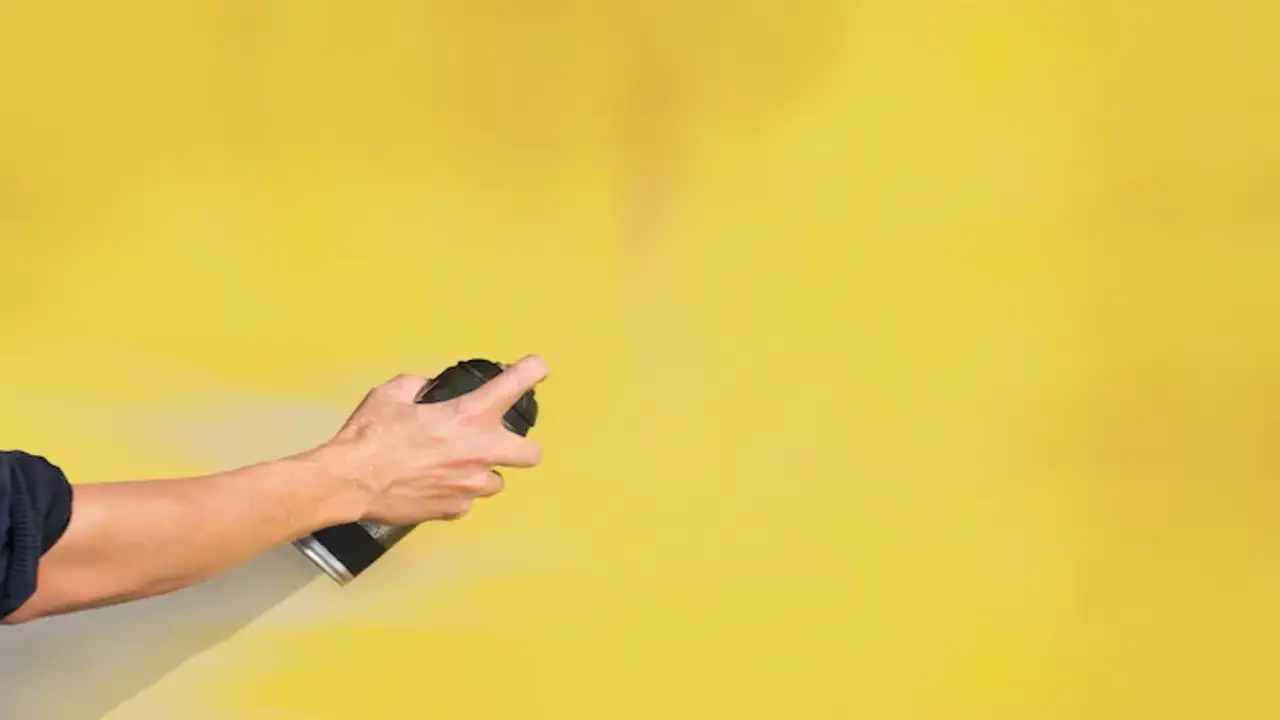
The drying time of primer can be affected by several factors, including the application process. Thin coats of primer tend to dry faster than thick ones, and using a spray gun may result in quicker drying times than brush or roller application. Proper surface preparation is also crucial in improving the drying time, such as sanding or cleaning surfaces before applying the primer.
Adequate ventilation and air circulation during application can also aid in drying. Additionally, climatic conditions like humidity and temperature can play a significant role in the drying time. It is best to follow manufacturer recommendations regarding drying times. Rushing the process may lead to inadequate curing, which can negatively impact the quality of the final coating.
Role Of Temperature And Humidity In Drying Time
Higher temperatures can accelerate the drying time of primer, while lower temperatures can significantly prolong it. Similarly, high humidity levels can slow down the drying process. When deciding on a suitable day to dry primer, it’s crucial to consider the optimal temperature and humidity conditions.
In cases of high humidity, using a dehumidifier or increasing air circulation can help speed up the drying process. Understanding the role of temperature and humidity ensures that your primer coat dries efficiently, providing a solid base for your next painting project. Remember to choose the right primer type for the specific surface, whether drywall, woodwork, or metal surfaces, to achieve the best results.
Impact Of Dust And Debris On Drying Time
Dust and debris can have a detrimental effect on the drying time of primer. It is crucial to ensure the surface is clean and free from dust or debris before applying the primer coat. To achieve this, use a tack or lint-free cloth to remove loose particles.
Additionally, it is advisable to avoid working in dusty or windy environments that may introduce debris onto the wet primer. By taking precautions to minimize dust and debris, you can help ensure optimal drying time for your primer, allowing for a smooth and flawless finish on your next painting project.
Increasing The Drying Speed Of Primer: Practical Tips
To increase the drying speed of primer, you can follow several practical tips. First, choose a fast-drying primer, which can help reduce the drying time. Additionally, using a hair dryer on a low heat setting can accelerate drying, especially for smaller areas. Applying thin coats of primer also allows for faster drying than thick coats.
Another tip is to increase air circulation by using fans or opening windows, which helps speed up drying. However, it’s important to ensure proper ventilation and follow safety precautions when using tools or equipment.
Choosing A Fast-Drying Primer
When choosing a fast-drying primer, it’s important to consider a few key factors. Look for primers that are specifically labelled as fast-drying or quick-drying. Water-based primers tend to have faster drying times compared to oil-based ones.
Another option to consider is using self-priming paints, which eliminate the need for a separate primer and offer faster drying times. If speed is a priority, consider using a spray primer for faster and more even coverage. Finally, reading product reviews and consulting with professionals can help you find fast-drying primers suitable for your project.
Using Proper Ventilation To Accelerate Drying
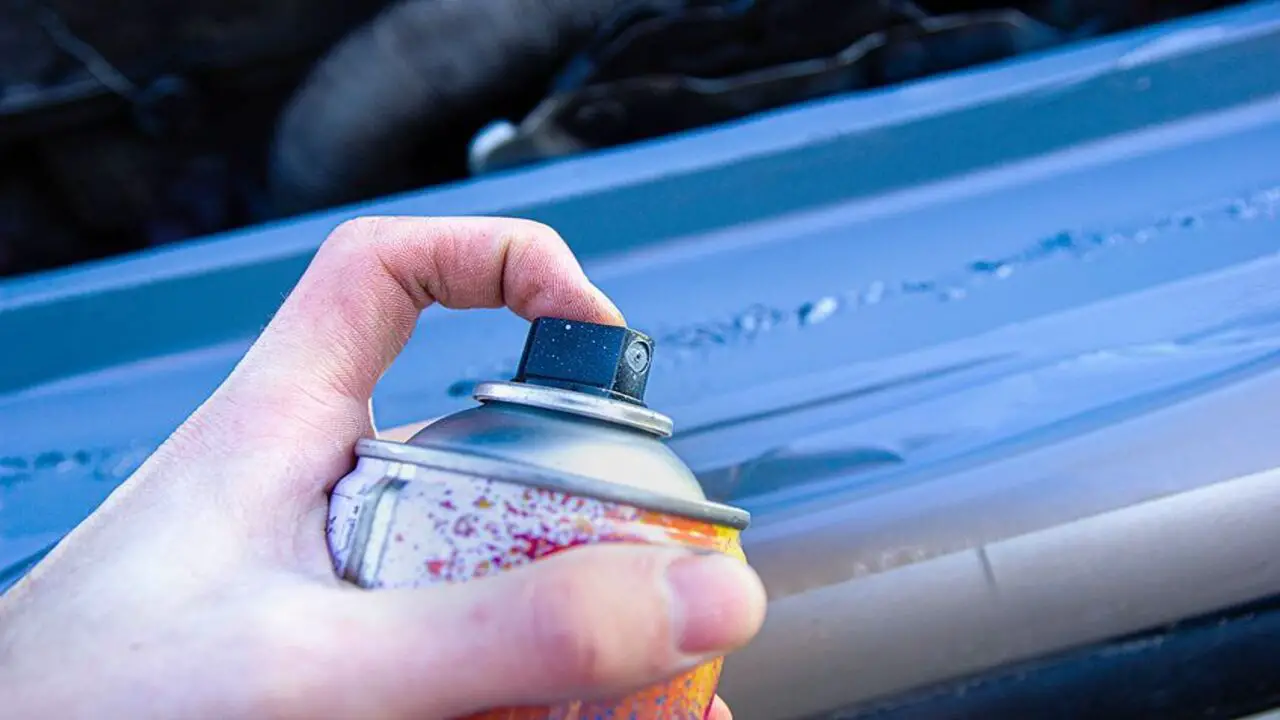
To accelerate the drying time of the primer, it is important to ensure good air circulation. This can be achieved by using fans or simply opening windows in the area where the primer is applied. Another way to speed up the drying process is to use a dehumidifier in high humidity conditions.
It helps reduce the air’s moisture content, allowing the primer to dry faster. Following the product label instructions for optimal ventilation during drying is also crucial. Adequate ventilation promotes faster drying and ensures that the primer dries thoroughly, resulting in a smooth and even finish.
Consequences Of Spray Painting Over Undried Primer: A Cautionary Tale
Spray painting over undried primer can have dire consequences for your paint job. Poor adhesion and chipping are just the beginning. Rushing the process compromises the overall finish, resulting in an uneven application. The paint may start peeling or cracking, leading to an unsightly outcome.
Colors might bleed, causing a messy appearance. To avoid such issues, it is essential to allow sufficient drying time for the primer. By letting the primer dry completely, you ensure a long-lasting paint job that withstands the test of time. Please don’t rush this crucial step; give your primer the attention it deserves.
Conclusion
For the best spray painting results, ensure the primer is completely dry before proceeding. Drying times vary depending on the type of primer: latex (1-2 hours), oil-based (24 hours or more), shellac (1 hour), and urethane/epoxy (up to 48 hours).
Factors like temperature, humidity, and debris can affect drying time, so provide optimal conditions with proper ventilation and minimal contaminants. Rushing the drying process can lead to poor adhesion and compromised finish, so be patient. Evaluate your project’s needs to determine the necessary number of primer coats.
Following these guidelines will help you achieve a smooth, long-lasting finish for any DIY or professional painting job. I hope you understand how long it takes to let the primer dry before spray painting.
Frequently Asked Questions
1.How Long To Let Rustoleum Primer Dry Before Painting?
Ans: The drying time for Rustoleum primer can vary depending on temperature and humidity levels. While it typically takes about 24 hours to dry completely, it is recommended to wait at least 48 hours before painting over it. Always refer to the manufacturer’s instructions for specific drying times and recommendations.
2.How Long Between Primer And Paint Spray Paint?
Ans: Wait for at least 24 hours before spray painting after applying primer. The drying time may vary based on the type of primer used and environmental conditions. Ensure the primer is fully dry to avoid issues with adhesion and the final finish.
3.Do You Have To Wait 24 Hours For Primer To Dry?
Ans: The drying time for primer can vary depending on humidity and temperature. Waiting 30 minutes to an hour before spray painting over primer is recommended, but waiting 24 hours isn’t always necessary. Some primers may dry faster than others.
4.What Happens If You Paint Over Primer Too Soon?
Ans: If you paint over primer too soon, the paint may not adhere properly to the surface, resulting in an uneven finish that chips or peels easily. Waiting at least 24 hours after applying primer before painting is recommended.
5.How Long Can Primer Sit Before Painting?
Ans: The recommended wait time before painting after applying primer is typically 24 hours. Factors like temperature and humidity can affect the drying time. If primer sits longer than 24 hours, it may need to be sanded or cleaned before painting.
Meet Allen Yu, the Spray Guru behind Spray Guider. With a passion for transforming rides into rolling works of art, Allen Yu specializes in Bike and Car Sprays. Unleash your vehicle’s potential with expert tips and creative inspiration. Elevate your ride with Allen Yu—because every spray tells a story!
